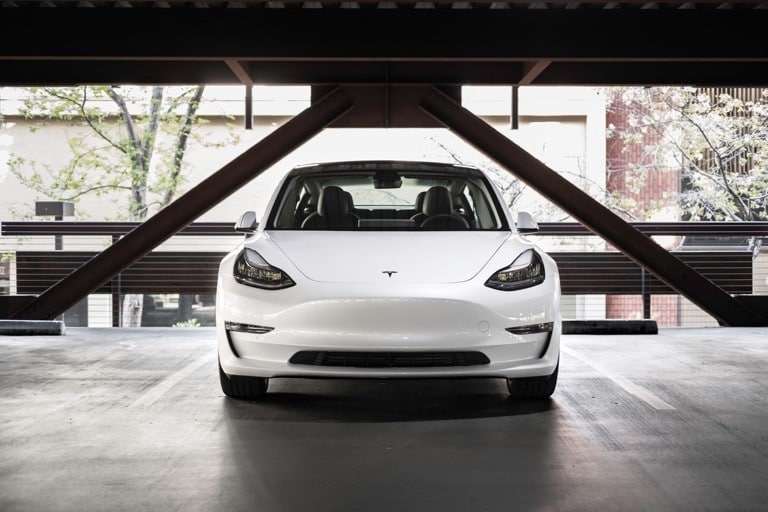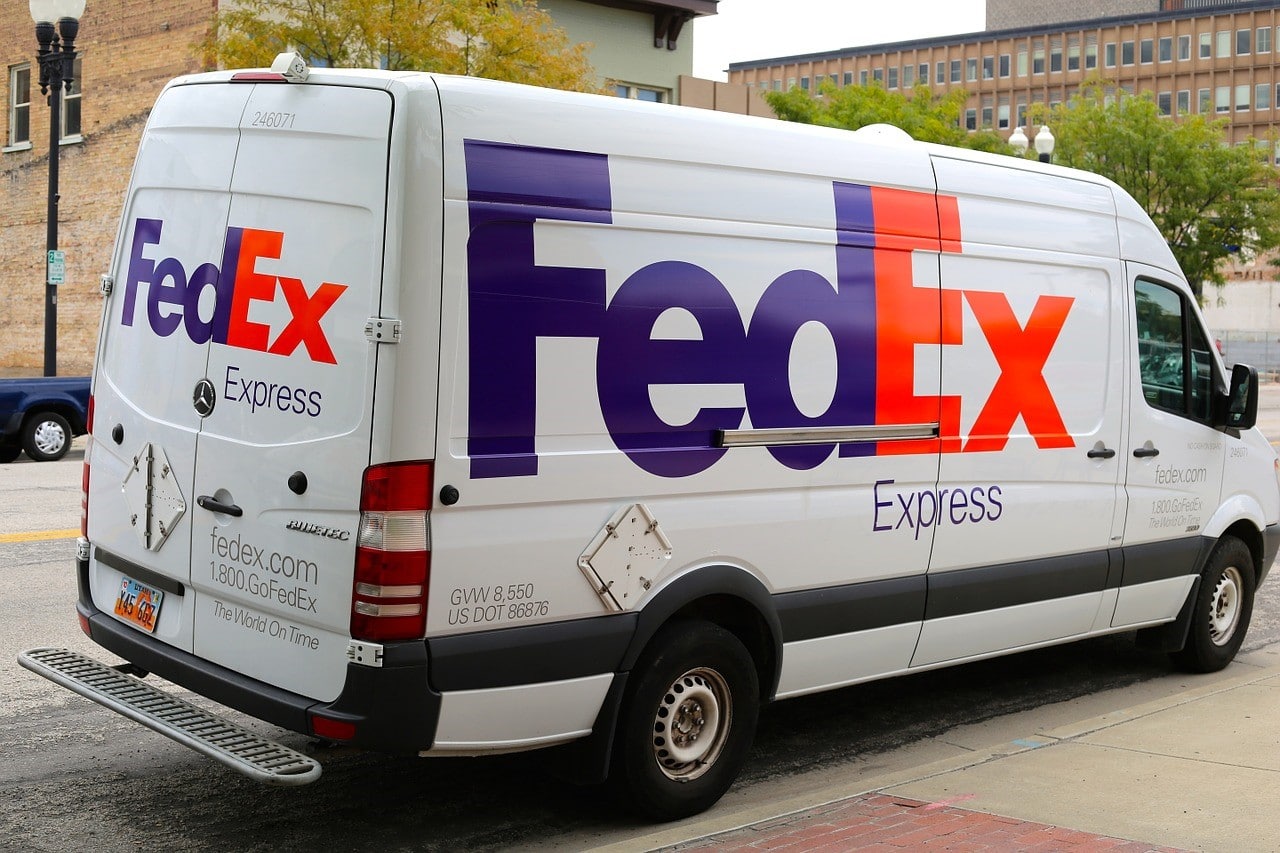Company: Caterpillar
Founder: Benjamin Holt and Daniel Best
Year founded: 15 April 1925
Headquarter: Deerfield, Illinois, United States
Employees (2021): 107,700
Type: Public
Ticker Symbol: CAT
Annual Revenue ( FY 2021): $50.97B
Profit | Net income (FY 2021): $6.49B
Products & Services: Construction and mining equipment | Diesel and natural gas engines | Industrial gas turbines | Diesel-electric locomotives
Competitors: Scania | CNH Industrial | Komatsu | Maschinenfabrik KEMPER | Hyundai Doosan Infracore | Wabtec | KOBELCO | Allison Transmission | Aggreko | Hyundai Heavy Industries | Liebherr Group
Did you know? Caterpillar did not start as the large construction company that it is today. Instead, it started as a farm-equipment company.
Caterpillar Strengths
1. A huge number of construction machines
Whenever someone thinks of construction machine manufacturers, they are more likely first to have Caterpillar in mind. That’s because the company has heavily invested in this sector and has over 300 types of different machines in its product line.
Caterpillar is known for taking care of the needs of its customers using its diverse equipment, regardless of the use case. The variety of machines indicates the company’s commitment to customer success.
2. Large dataset
Caterpillar benefits significantly from its established large dataset to provide targeted customer services. Currently, the company has more than 1.2 million connected assets of dealer and telematics data, and this enables the company to generate insights by using advanced analytical techniques such as machine learning to help customers improve safety and productivity.
3. Leader in customer satisfaction
The name Caterpillar itself is strong enough and communicates a company ready to meet diverse customer needs. It has proven over the years that it rightfully holds the position of helping customers meet their needs with high-quality and durable equipment.
The company has distributed over 4 million products and built over 21 million engines over the years. When customers approach them with a specific need, they have a high level of guarantee that their needs will be addressed.
4. Diversified businesses
Caterpillar has a diversified business model and serves several different end markets. This allows Caterpillar to have some level of resilience if a part of its business fails.
Construction Industries is its biggest segment and accounts for 43% of total revenue. Energy & Transportation comes second and accounts for about 40% of total revenue, followed by Resource Industries (20% of total revenue), Financial Products, and others and eliminations.
5. Financial services for customers
Cat machines need heavy investment to buy. Caterpillar understands this and has put in place measures that assist customers with the purchasing process using Cat Financial.
Since 1981, CAT Financial has played a key role in helping customers and Cat dealers achieve success. The program avails retail and wholesale financing solutions to Cat customers for the entire product line, including solar gas turbines, Cat engines, and Cat machinery.
6. Quality services for all business needs
Caterpillar’s services start by understanding customers’ business needs before taking the right measures on requirements. Customers can call upon the company for various situations, like acquiring working capital, protecting their investment, and improving cash flow.
The company is known for delivering quality service in the entire lifecycle of equipment, cutting across purchasing, protecting, managing, and reselling.
7. Reputable brand image
Caterpillar does not struggle to attain brand recognition. The company has built a strong brand name over the years and is associated with high-quality products. Customers are aware of the quality that they are purchasing and often find it worth the price tag.
That explains why it has remained among the best global brands. Interbrand currently ranks Caterpillar as #83 among the top 100 brands globally, with an overall brand value of $7.4 billion.
8. Employee and customer empowerment
The company places employees and customers at the center of its success. It understands that the strength of the CAT brand depends on the men and women who live and breathe the brand each new day.
It appreciates the customers and operators who continue to use the machines to build and transform the world. Equally important, the employees responsible for different roles at Cat have a sense of belonging in the company.
9. Operates globally
Organizations that want to go to the next level have realized that they can best do so by expanding operations globally. Caterpillar is not any different, and the company has established a broad network of reliable distribution dealers that sells its products worldwide.
As of 2021, the company had established 160 dealers in 193 countries. Furthermore, it has opened outlets in over 500 locations worldwide and 125 manufacturing points globally.
10. Ongoing innovation
A company that operates within Caterpillar’s scope cannot afford to underestimate the power of innovation. Caterpillar manages to keep its sales and market share on top of the charts because of ongoing innovation.
Each new product introduces vital features that customers are ready to explore while dealers capitalize on them to make more sales. That has been possible due to CAT’s investment in research and development, which is on average about 3% of total revenue.
Caterpillar Weaknesses
1. Highly cyclical business
Caterpillar operates a highly cyclical industrial business and is prone to changes in economic conditions. The drop in net sales registered in 2020 took a major hit on Caterpillar, and the company appears to be struggling to recover from the effects.
The decline in sales is attributed to low end-user demand compared to the previous financial year, as well as adjustments in dealer inventories. A 22% decline in sales revenue for the year 2020 has proven detrimental to the company.
2. Heavily relies on the North America market
Even though Caterpillar has made efforts to expand globally, the company’s biggest sales still come from the US market.
The US and Canada jointly bring in sales worth over 43% of the total revenue, followed by Europe, Africa, the Middle East and the Commonwealth of Independent States (24% of total revenue), Asia Pacific (23% of total revenue), and Latin America (10% of total revenue).
That means if anything were to happen to the North America markets, the company would take a major hit.
3. Declining real estate housing market
For Caterpillar to sell its products, it counts on the real estate market performing well. Unfortunately, that has not been the case.
Property value across Europe and US is on a decline, discouraging the growth of the real estate sector. This would negatively impact Caterpillar as the downturn in the economy would reduce demand for its machines.
4. High employee attrition
Caterpillar has experienced problems retaining employees. This would mean constant recruitment efforts and increased costs related to training.
According to Comparably, Caterpillar is at the bottom 45% range when it comes to the company’s ability to retain quality employees.
Caterpillar Opportunities
1. Ongoing investment in technology
Caterpillar has demonstrated a commitment to investing in newer technologies. That goes on to open up opportunities based on what their innovations would bring on board.
For example, Caterpillar launched a new CAT generator in 2020, a machine that relies 100% on hydrogen power. One thing for certain is that investing in new technologies can help Caterpillar capture a large market and discover new equipment.
2. Acquire other companies
Caterpillar has the financial strength to acquire other companies supported by strong free cash flow generation, which would help bolster its position in the industry.
Even though it has had acquisitions in the past, things appeared to slow down from 2013 until 2020, when it acquired Marble Robot. The acquisition placed the company on an automation journey. More similar acquisitions would prove helpful in the long run.
3. Urbanization in growing economies
Newer economies have recorded increased urbanization, opening opportunities for Caterpillar to capitalize on. As more people migrate to the city and gain increased disposable income, they present core growth opportunities for the company.
Caterpillar Threats
1. Fierce competition
Competition has been intensifying in the heavy equipment industry. Caterpillar directly competes with the likes of Volvo, Deere & Co, Hitachi, and Komatsu.
Caterpillar is currently the largest manufacturer of heavy equipment in the world, with around 13% of the market share, according to Morning Star. If the company fails to innovate or invest in the right growth area, it might lose market share to its competitors.
2. Regulatory pressure
Caterpillar is constantly under regulatory threats, especially in the US and global locations where there may be more legal scrutiny and government oversight. This could mean lawsuits and settlement costs for the company.
For example, in January 2022, the company paid $8 million to settle the case regarding the claims about its diesel engine performance.
3. Economic downturns and possible recessions
The pandemic heavily hit the company, and it is currently struggling to recover. Unpreparedness for future economic downturns and low resilience of the business remains a major threat. The war between Russia and Ukraine could also pose threats to the demand for Caterpillar’s products.
4. Abrupt change in commodities prices
Caterpillar mainly serves the energy, transportation, and mining industries, and the purchasing decisions of these companies are usually based on the prices of commodities.
Since commodity prices are unpredictable and frequently changing, the demand from Caterpillar’s end market can change abruptly, which means an unstable revenue stream for the company.
References & more information
- Featured image by Sindy Süßengut
Tell us what you think? Did you find this article interesting? Share your thoughts and experiences in the comments section below.












Add comment